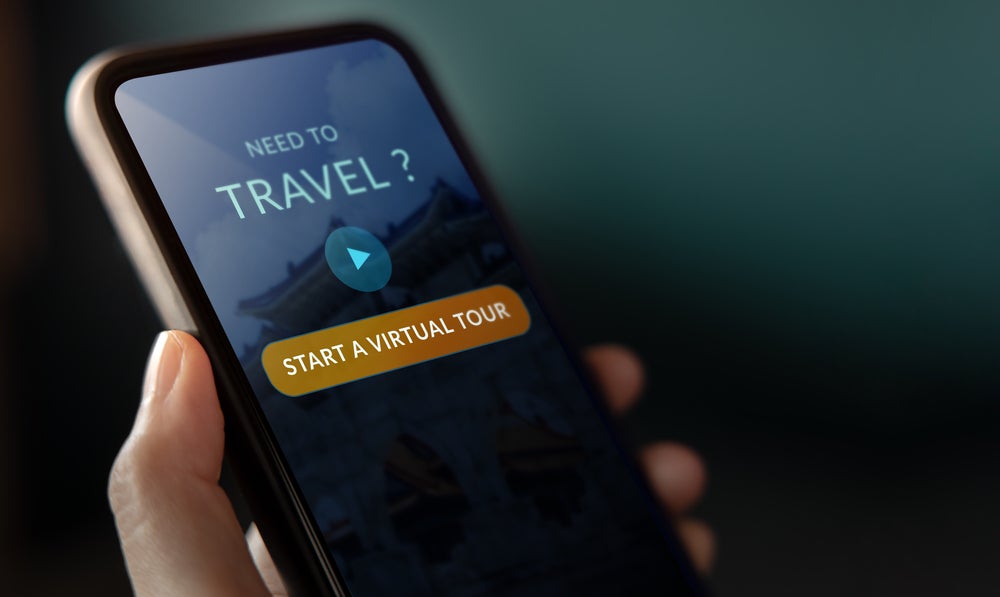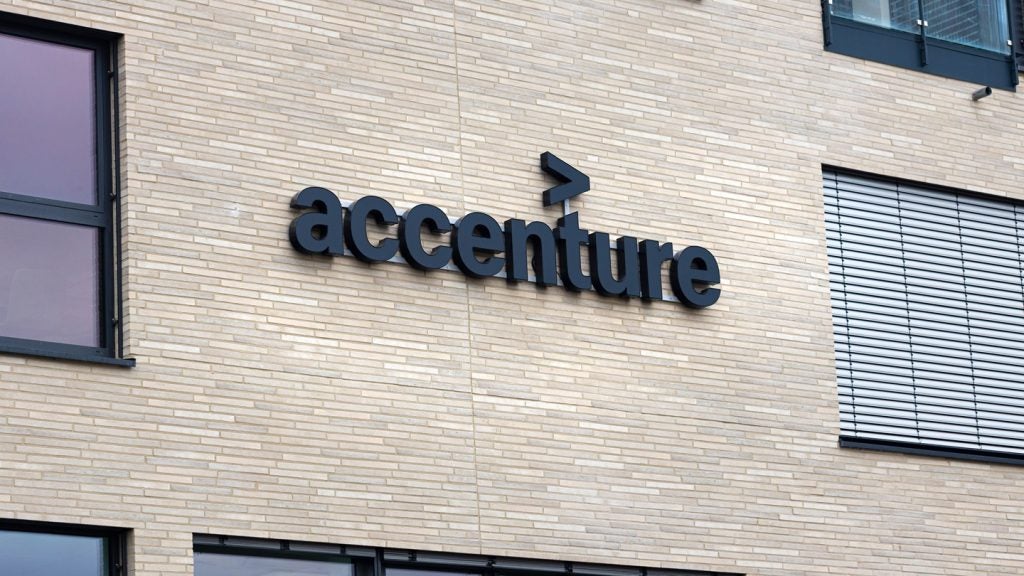In all sectors of travel and tourism staff shortages have become increasingly significant, particularly following the pandemic, which saw many skilled workers leave the sector.
In particular, low-level roles are difficult to fill as they come with myriad challenges such as a poor work-life balance, financial instability, and a lack of overall career progression. As a result, these roles have high turnover rates and companies have struggled to attract new applicants.
However, visualisation technologies may be able to alleviate staff shortage issues by enhancing operational efficiency and improving recruitment and training processes.
Virtual reality training in travel and tourism
Staff shortages do not only impact operational activity, but they further reduce the number of competent staff available to train new hires. Visualisation tackles staff shortages through scalable and flexible training solutions that can reach a larger audience and do not require physical presence.
For instance, in May 2024 Emirates Airlines adopted extended reality (XR) to train new cabin crew members. This approach helps prepare new staff and provides immersive experiences that can simulate the types of scenarios that cabin crew members may face during their work. This technique also reduces costs as more crew members can be trained at once, particularly for high-risk or complex situations.
Elsewhere, Hilton has implemented virtual reality (VR) training experiences that give corporate staff insights into the daily challenges faced by hospitality workers. This initiative aims to foster empathy and support among frontline employees.

US Tariffs are shifting - will you react or anticipate?
Don’t let policy changes catch you off guard. Stay proactive with real-time data and expert analysis.
By GlobalDataThe rise of low-cost travel options has resulted in airlines placing more focus on cost efficiency to remain competitive, potentially compromising service quality. This pressure can lead to a challenging work environment where employees are expected to deliver high-quality service despite limited resources. Budget airlines also operate on thinner margins than their full-service counterparts, which impact pay and depend on a high load of passengers, which in turn means cabin crew often have full flights to service. These factors can impact workforce retention.
Augmented reality can reduce the workload on staff
Augmented reality (AR) can facilitate room tours or luggage size checks, which can simplify the customer booking and check-in process. It not only enhances customer experience but also creates less work for staff, mitigating the impact of labour shortages. By automating routine tasks, staff can dedicate more time to engaging with guests and addressing their needs, which leads to greater customer satisfaction.
This is especially important at the premium and end of the travel and tourism market, where customer expectations are higher, and personalisation is paramount. Furthermore, by providing virtual tours of hotels and attractions, AR can help potential travellers make informed decisions, thus reducing the pressure on staff to manage inquiries and bookings.
Travel and tourism companies should prioritise mobile-first experiences, rather than those that require bespoke equipment like smart glasses, to save costs and foster accessibility.









